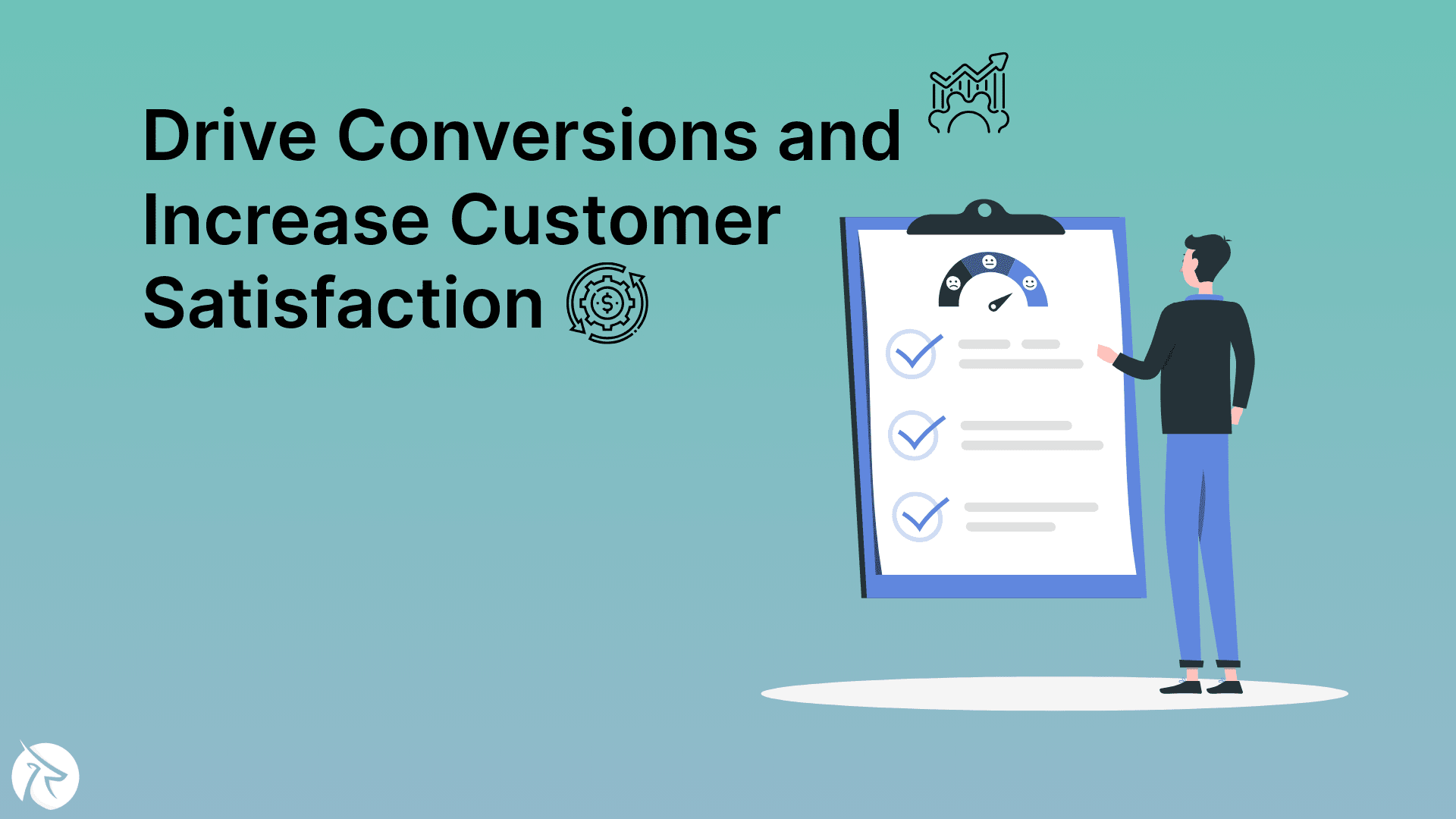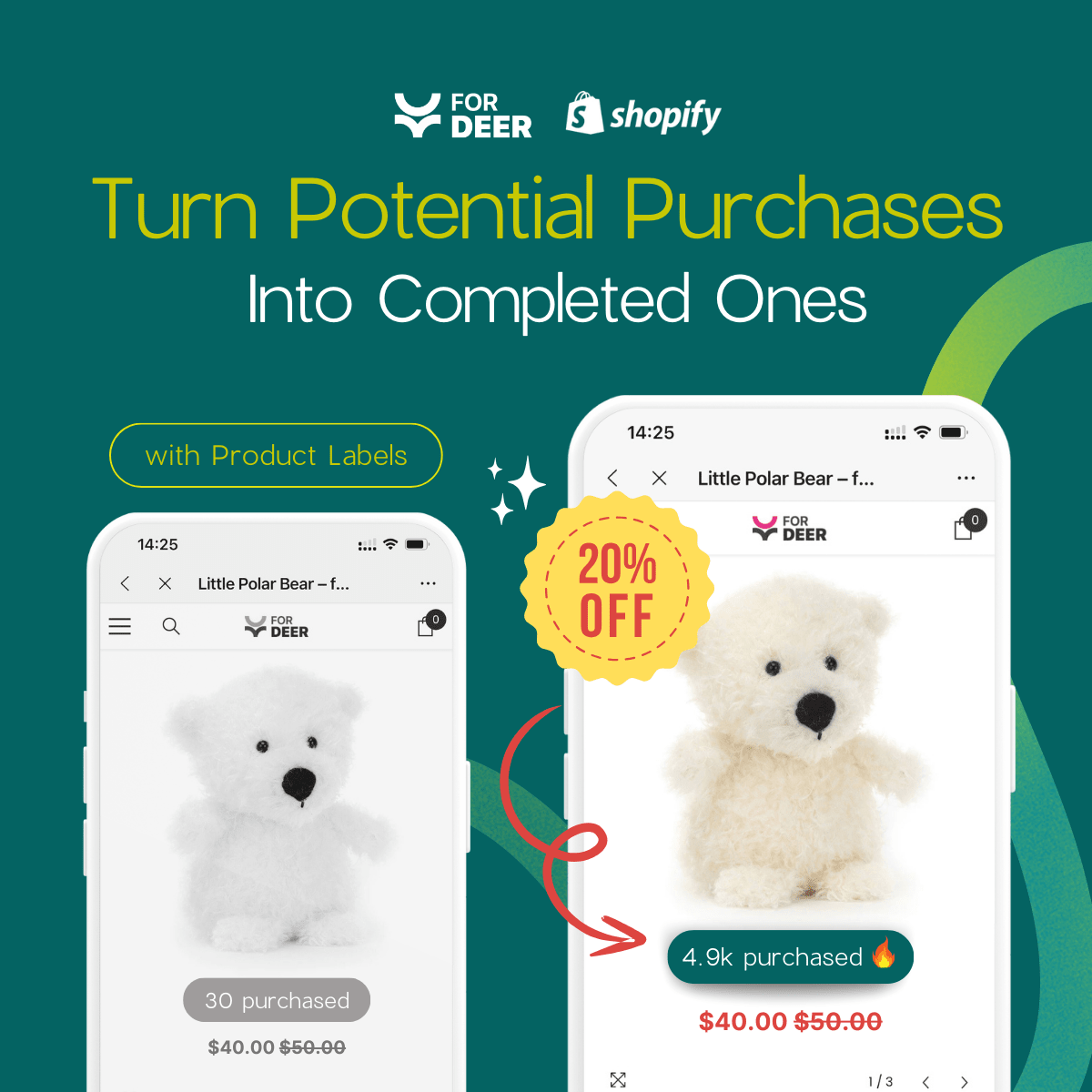Optimizing Product Pages: Strategies to Drive Conversions and Increase Customer Satisfaction

In the competitive world of e-commerce, a well-optimized product page can make all the difference in driving conversions and increasing customer satisfaction. By implementing effective strategies, businesses can create compelling and user-friendly product pages that engage customers and encourage them to make a purchase.
In this article, Fordeer will explore a range of strategies to optimize product pages, from persuasive product descriptions to seamless navigation, ultimately leading to higher conversions and happier customers.
Strategies to Optimize Product Pages
Clear and compelling product descriptions
The product description is the heart of any product page. It should be concise, yet informative, highlighting the unique features and benefits of the product. Use persuasive language to engage the reader and create an emotional connection. Incorporate relevant keywords to improve search engine visibility.
High-quality product images and videos
Visual content is powerful in driving conversions. Include high-resolution images from different angles, showcasing the product's key features. Consider adding videos that demonstrate how the product works or provide a virtual tour. Ensure the media is optimized for fast loading times and mobile devices.
Detailed specifications and technical information
Include a section dedicated to detailed specifications and technical information. This helps customers make informed decisions and reduces the likelihood of returns or dissatisfaction. Provide accurate measurements, materials used, compatibility details, and any other relevant technical data.

Social proof and customer reviews
Integrate social proof elements such as customer reviews, ratings, and testimonials. Positive reviews build trust and credibility, encouraging potential customers to convert. Implement a review system that allows customers to leave feedback, and prominently display the overall rating and individual reviews.
Personalization and dynamic content
Tailor product pages to individual customers by leveraging personalization techniques. Display related products, recently viewed items, or recommendations based on their browsing or purchase history. Dynamic content, such as real-time stock availability or limited-time offers, creates a sense of urgency.
Streamlined navigation and intuitive UX
Ensure that product pages have a user-friendly interface and intuitive navigation. Make it easy for customers to find essential information, add products to the cart, and proceed to checkout. Optimize page load times to avoid frustrating delays and minimize bounce rates.
Clear Call-to-Action (CTA) buttons
Effective CTAs are crucial for driving conversions. Use clear and action-oriented language for buttons like "Add to Cart" or "Buy Now." Place the CTA prominently above the fold and repeat it strategically throughout the page. Create a sense of urgency by using phrases like "Limited Stock" or "Offer Ends Soon."
Mobile-friendly and responsive design
With the increasing use of mobile devices for online shopping, it is imperative to have a mobile-friendly product page. Ensure that the page is responsive, loads quickly, and provides a seamless browsing experience across different screen sizes.
Some Common Mistakes to Avoid When Optimizing Product Pages
When optimizing product pages, it's important to avoid certain common mistakes that can hinder conversions and customer satisfaction. Here are some key mistakes to steer clear of:
Lack of clear and compelling product descriptions
Failing to provide detailed and persuasive product descriptions can leave customers confused and uncertain about the product's benefits and features. Avoid vague or generic descriptions that don't effectively communicate the value proposition.
Poor-quality product images
Low-resolution or unattractive product images can negatively impact the customer's perception of the product. Invest in high-quality images that showcase the product from multiple angles and provide a clear representation of its appearance.
Ignoring mobile optimization
With the increasing use of mobile devices for online shopping, neglecting to optimize product pages for mobile can result in a frustrating user experience. Ensure that your product pages are responsive, load quickly on mobile devices, and provide a seamless browsing and purchasing experience.
Neglecting user reviews and social proof
Customer reviews and social proof are powerful influencers in the purchasing decision. Failing to incorporate user reviews or testimonials can undermine trust and credibility. Make sure to include genuine customer reviews and ratings to build confidence in potential buyers.

Complex navigation and poor user interface
If your product page is difficult to navigate or has a cluttered layout, customers may struggle to find the information they need or complete the purchase. Opt for a clean and intuitive design that guides customers seamlessly through the buying process.
Lack of clear call-to-action (CTA)
A weak or unclear call-to-action can result in missed conversions. Make your CTAs prominent, use action-oriented language, and clearly guide customers toward the desired action, such as adding the product to the cart or making a purchase.
Overwhelming customers with too many options
While it's important to offer choices, bombarding customers with too many options can lead to decision fatigue and indecision. Streamline your product page by focusing on the most relevant and popular choices, and provide clear recommendations or filters to help customers navigate the options.
Slow page loading times
Slow-loading product pages can significantly impact user experience and increase bounce rates. Optimize your page's loading speed by compressing images, minimizing code, and leveraging caching techniques to ensure a fast and smooth browsing experience.
By avoiding these common mistakes and focusing on providing a seamless user experience, persuasive content, and clear navigation, you can optimize your product pages effectively and increase conversions while enhancing customer satisfaction.
Some Effective Ways to Incorporate User Reviews and Testimonials on Product Pages
Incorporating user reviews and testimonials on product pages is a powerful strategy to build trust, and credibility, and increase conversions. Here are some effective ways to incorporate them:
Review ratings and aggregates: Display an overall review rating prominently on the product page. This provides an at-a-glance summary of the product's quality and customer satisfaction. Consider using visual elements such as star ratings or a numerical score to make it easily understandable.
Customer testimonials: Select compelling and representative customer testimonials that highlight positive experiences with the product. Place them strategically on the page, near the product description or close to the call-to-action button. Use attention-grabbing visuals or quote boxes to draw focus to the testimonials.
Sorting and filtering options: Allow users to sort and filter reviews based on different criteria such as most recent, highest rated, or most helpful. This empowers customers to find reviews that are most relevant to their needs and preferences.
Review highlights: Summarize key review highlights or excerpts to provide quick insights into the pros and cons of the product. This helps customers gauge the overall sentiment and key features without having to read through all the reviews.

User-generated photos and videos: Encourage customers to submit photos or videos of themselves using the product. Visual content adds authenticity and allows potential buyers to see the product in real-life situations. Showcase these user-generated visuals alongside the reviews to enhance credibility.
Review widgets or modules: Integrate review widgets or modules from trusted review platforms onto your product pages. These widgets automatically display the latest reviews and ratings, providing a continuous stream of social proof. Ensure that the review platform aligns with your business's reputation and credibility.
Verified purchase badges: Highlight reviews from customers who have verified their purchase. This badge adds an extra layer of trust, as it assures potential buyers that the review is from a genuine customer who has actually used the product.
Interactive review features: Allow customers to upvote or mark reviews as helpful. This not only encourages engagement but also helps potential buyers identify the most valuable and reliable reviews.
Remember to regularly moderate and respond to reviews, addressing any concerns or questions raised by customers. By effectively incorporating user reviews and testimonials on your product pages, you can create a sense of trust, social proof, and confidence that encourages potential buyers to make a purchase.
Conclusion
Optimizing product pages is a vital aspect of e-commerce success. By implementing the strategies outlined in this article, businesses can create compelling, informative, and conversion-focused product pages that meet customer expectations.
Continuously monitor and analyze performance metrics to identify areas for improvement and refine the optimization strategies. Remember, a well-optimized product page not only drives conversions but also enhances customer satisfaction, leading to long-term loyalty and repeat business.











